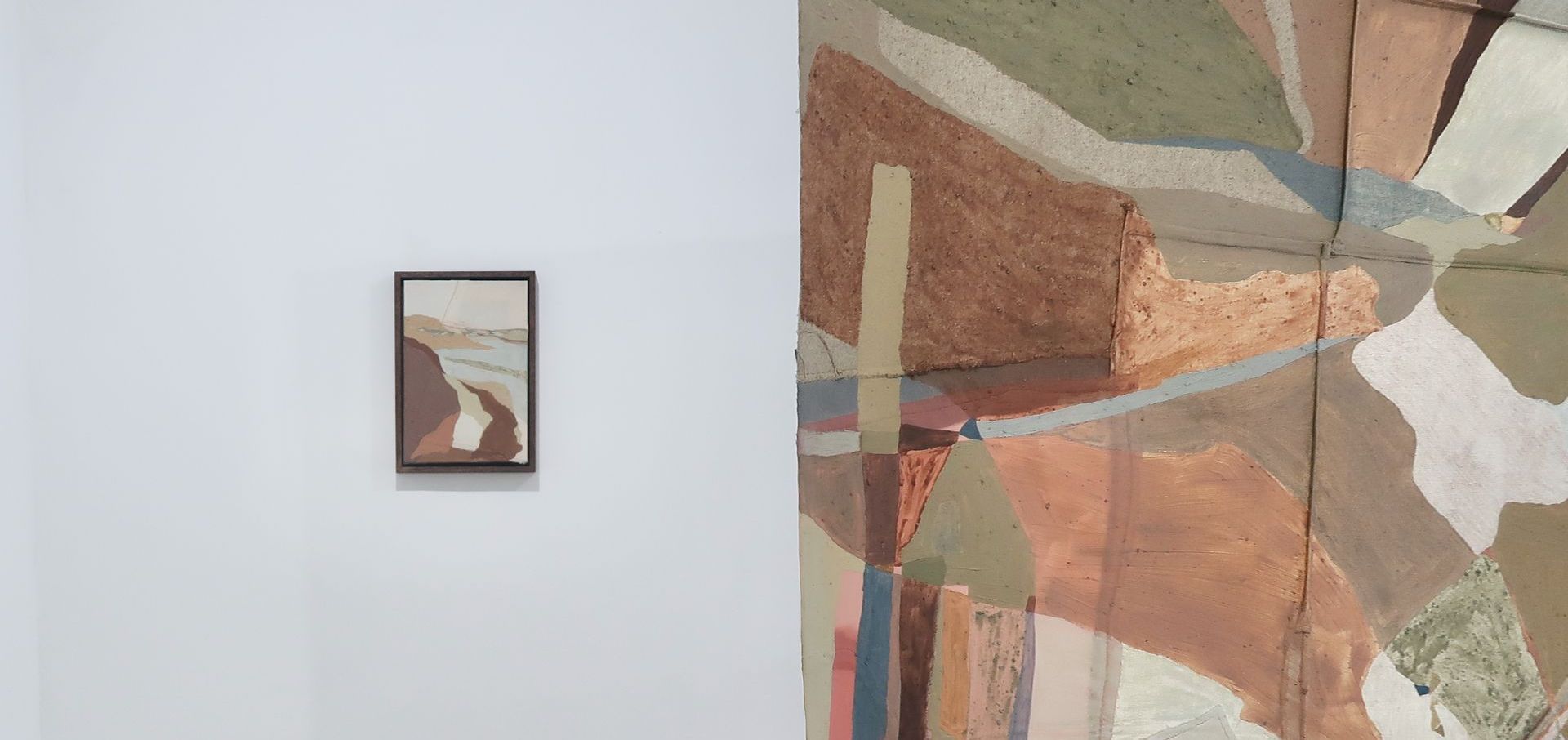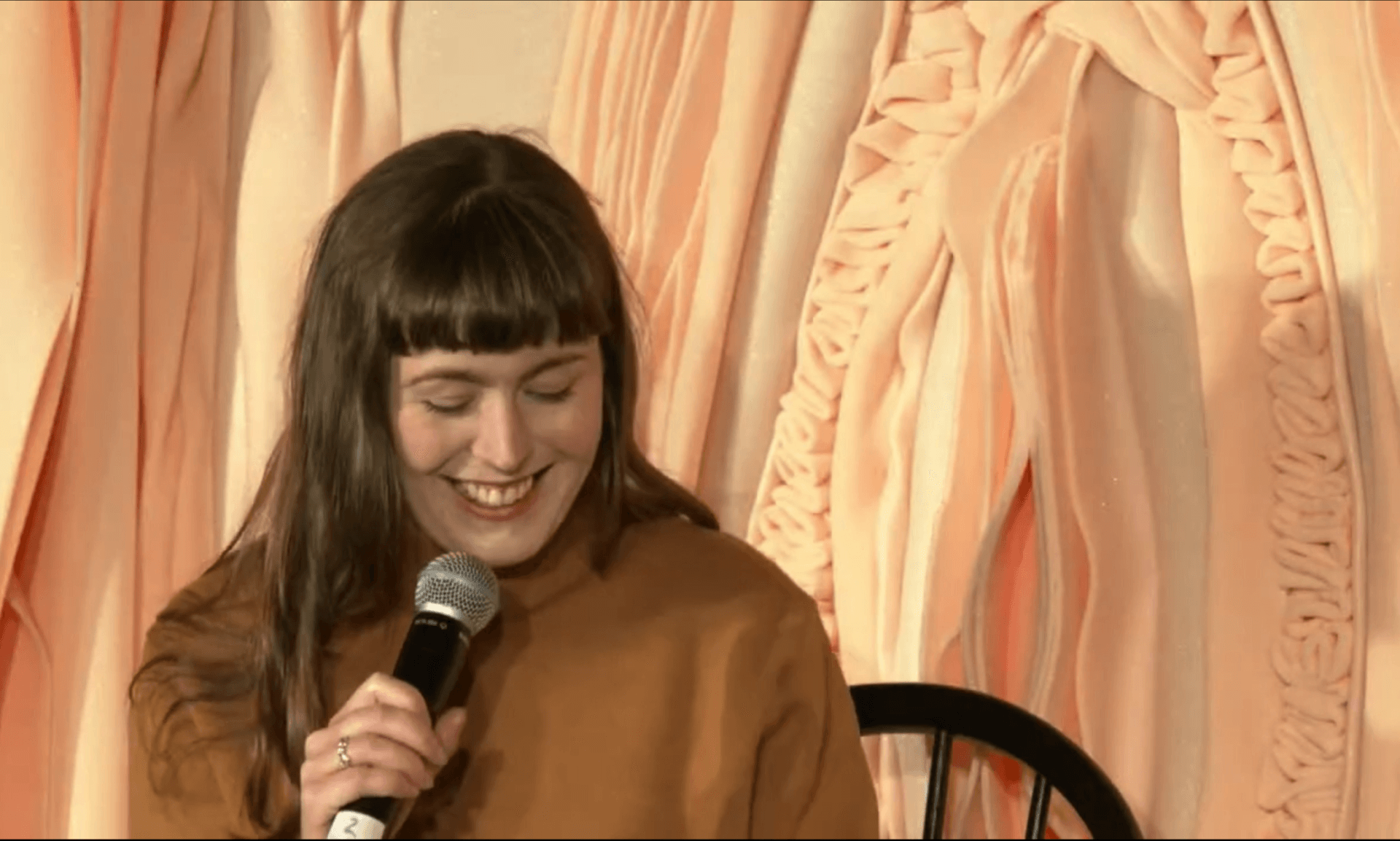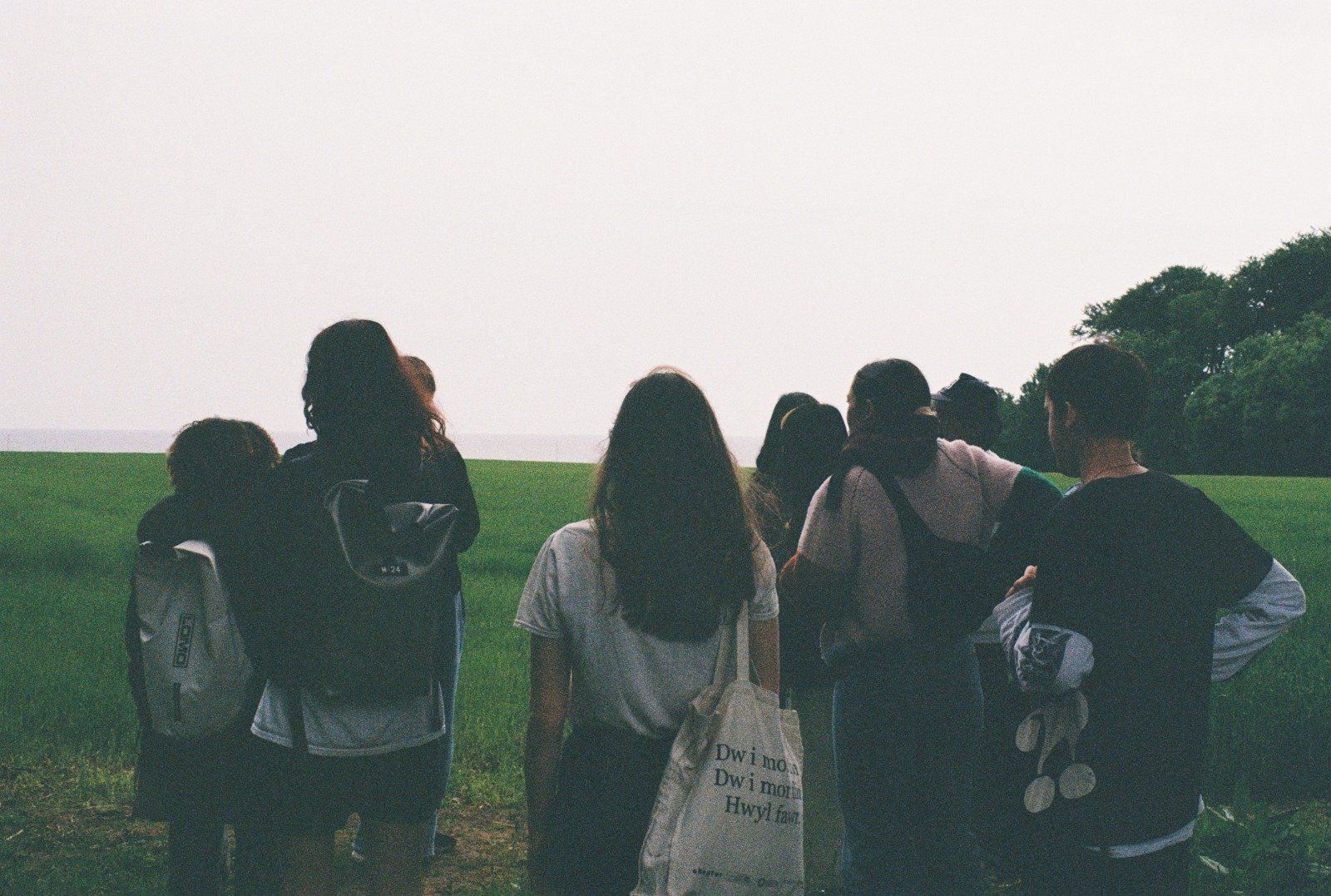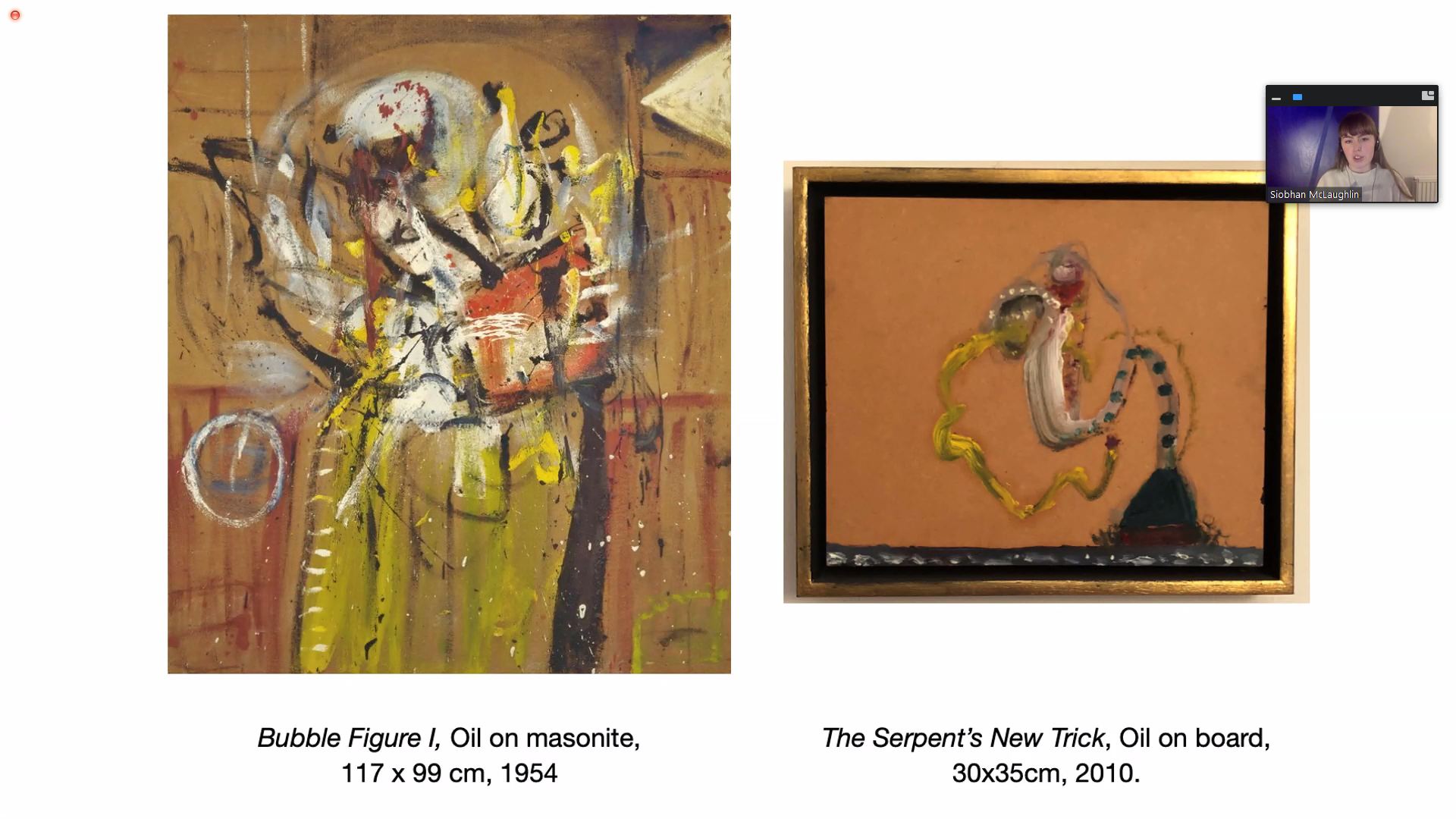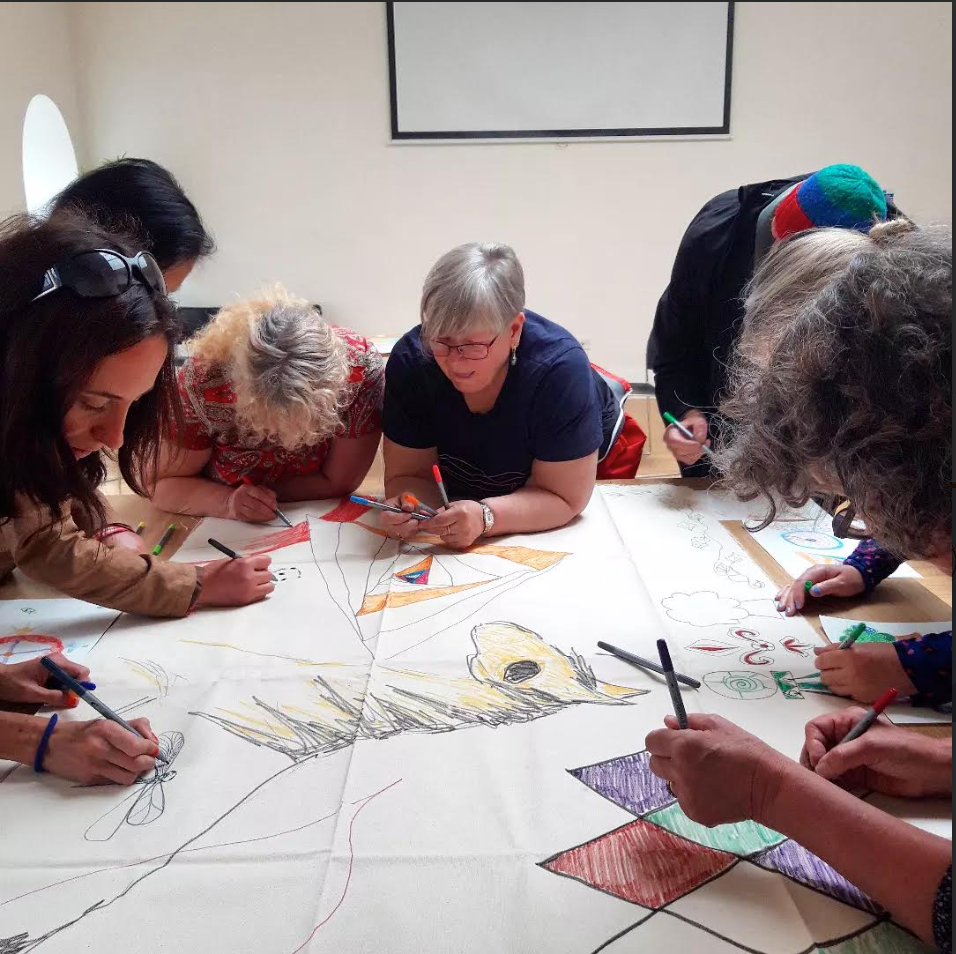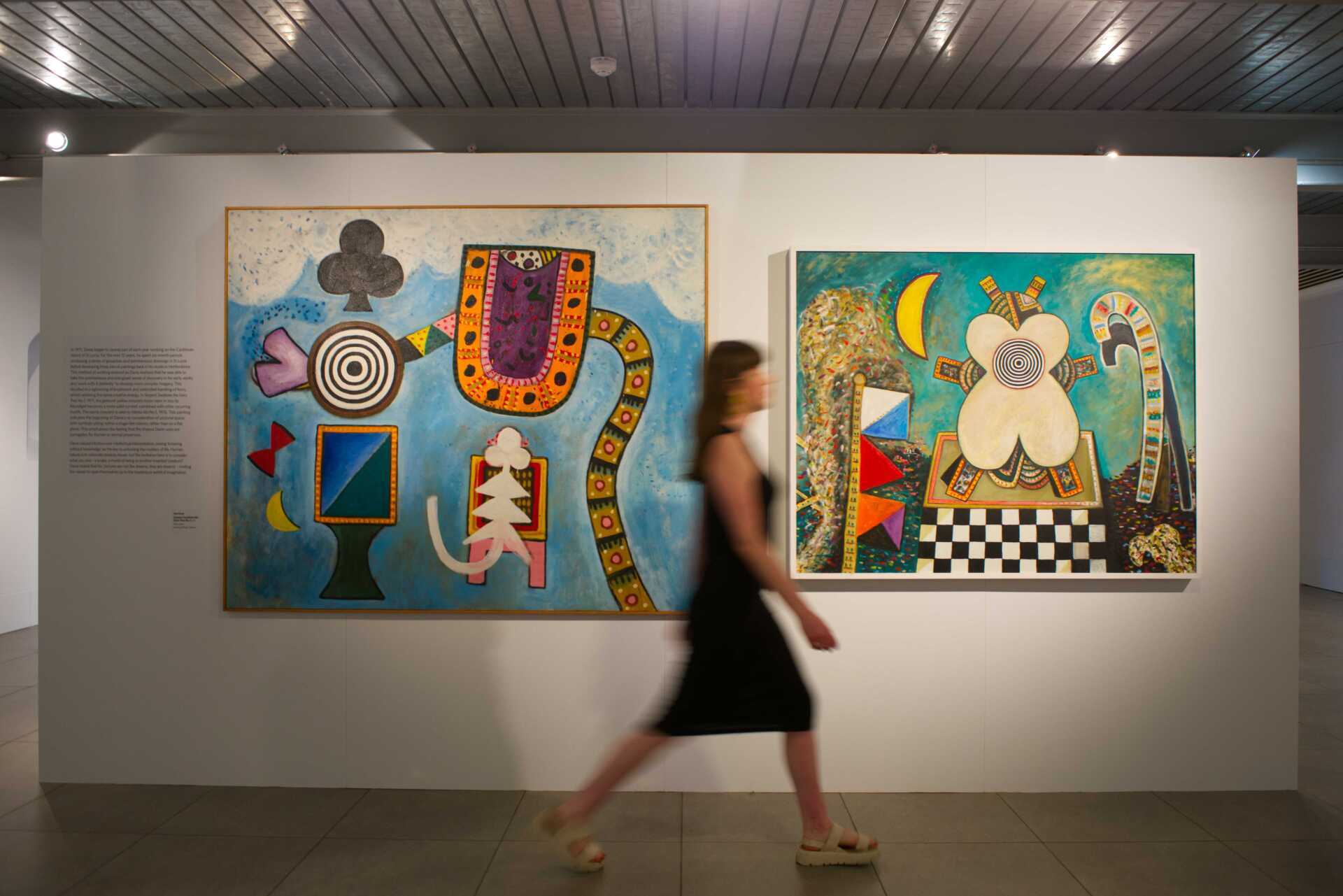Alan Davie: 100 years of Magic online event
Thank you to all of those who tuned into Alan Davie- 100 years of Magic this week. It was a fantastic turn out, many more than expected, with lots of interesting questions and engagement throughout.
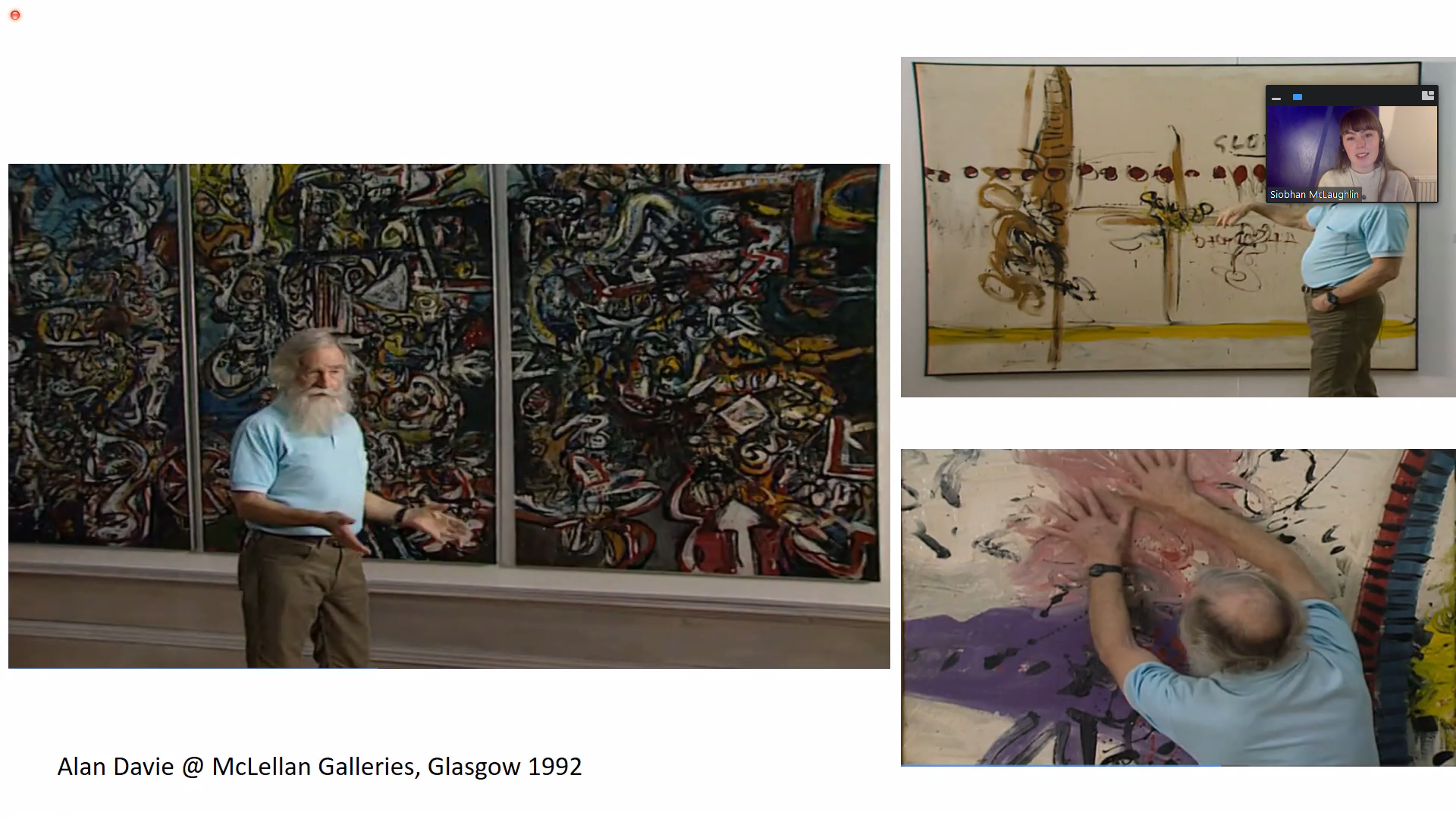
This was the first event of many surrounding the exhibition Alan Davie: Beginning of a Far-off World. Due to open in September 2020 to celebrate Davie's centenary, and then rescheduled for January-March 2021, the exhibition has unfortunately postponed due to Covid-19. Dovecot and I are cautiously optimistic that the exhibition will go ahead in Summer/Autumn 2021.
For the event I was joined 'in conversation' by academic and curator Andrew Patrizio, who curated an Alan Davie retrospective at the McLellan Galleries, Glasgow, in 1992. Andrew shared his insights from working with Davie on this exhibition, and we spoke about the difference in curatorial approaches nearly 30 years on.
I've taken a slightly different approach to Andrew's chronological curation, instead I’ve paired works from across Davie’s practice that have strands of thought or gesture in common.
Above, Bubble Figure of 1954 and The Serpent's New Trick of 2010 are paired. Even though they were painted over 50 years apart, they both contain the same chaotic and metamorphic energy. Calligraphic marks and gestural brushwork from the 1950s is still seen in 2010 in the form of a snake, which in Jungian archetypal imagery (universal symbolism) represents intuition and transformation. This process of continual destruction and rebirth, in terms of Davie painting and repainting images is seen throughout his work.
Another important discussion was sparked by the imagery in some of Davie's other works. In 1971 Davie spent the winter in St. Lucia, in the Caribbean, where he discovered ancient petroglyphs.
Considering the history of colonialism and slavery in the Caribbean during British rule, it's important to question a British artist's use of this imagery.
An uncomfortable subject, no one has publicly challenged this idea in Davie's work, but I thought it was an important issue to discuss. Andrew Patrizio made a valid point that Davie’s work captures an important historical moment of being open to non-western sources, being innovative and quite adventurous. However, it's important to re-evaluate this interest considering the history of artists such as Picasso or Gauguin who were practising just before/at the same time as Davie and are now well known for cultural appropriation.
Unlike Gauguin, who exploited Tahitian imagery for its racial and sexual value from a colonialist perspective, Davie was genuinely interested in anthropology and was deeply respectful of the cultures he came across.
Davie noticed that the imagery and symbols of the ancient petroglyphs of the Carib Indians were common in different cultures such as American Indian and Aztec Art, Celtic art, ancient Egyptian, Greek and Chinese art. Ancient symbols found on opposite sides of the world had to be connected and to Davie this confirmed Jungian thinking about the collective unconscious and archetypal images. This demonstrated to Davie that symbols that appeared very specific to disparate cultures actually have universal meaning through the collective unconscious.
As written by Patrick Elliot: ‘They suggest a vast, cross-cultural, cross-temporal relationship of which we and artists are all part’.
It was an interesting discussion, and I am looking forward to more questions and challenges that will come from the exhibition and surrounding events when it finally opens.
Stay tuned on my social media and Dovecot Studios website for updates!
